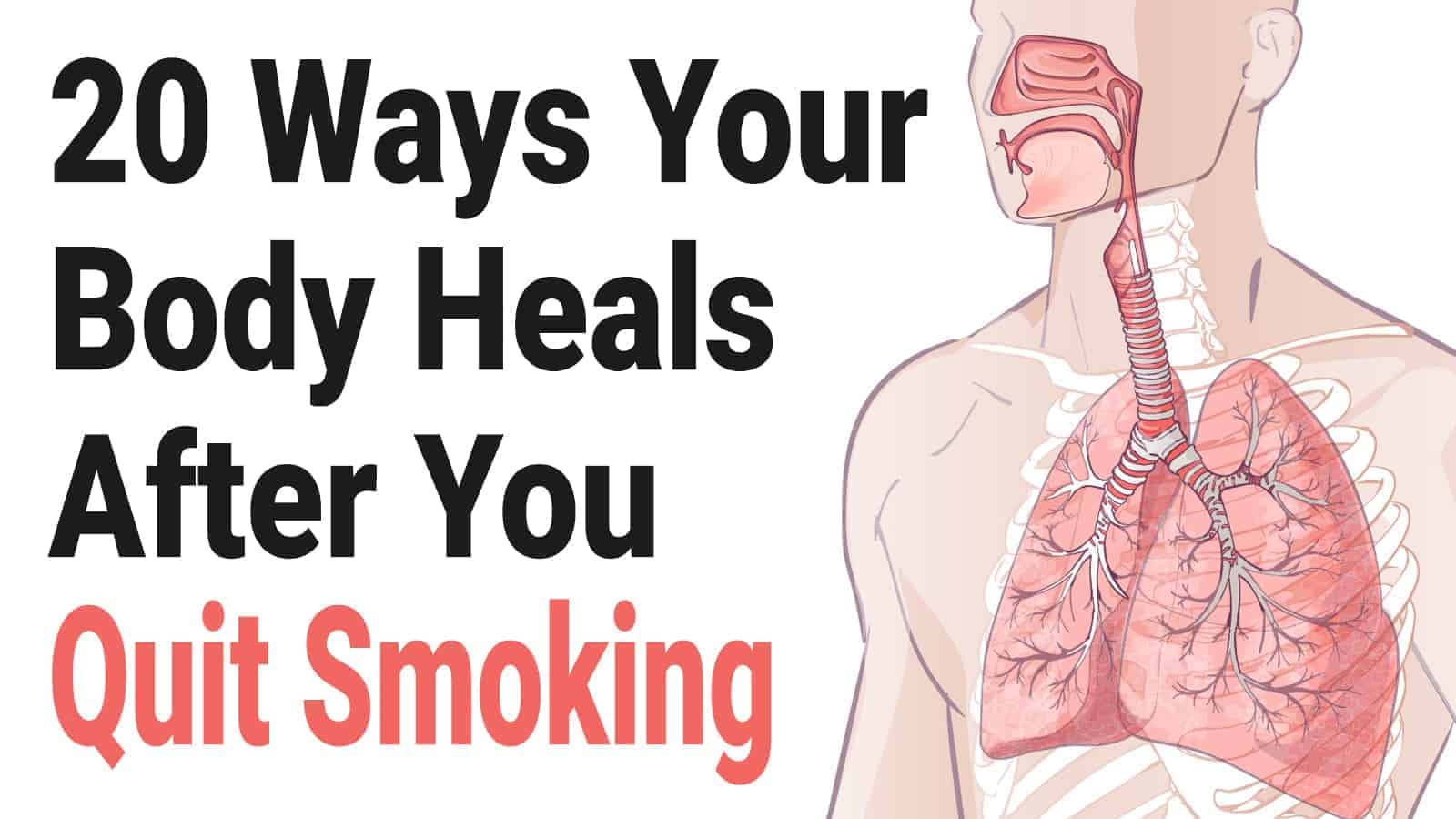Spider veins are those little bluish-purple veins that look like small trees branching across your legs, face, or hands. They’re not dangerous, but most people feel they’re unattractive. Many people wonder how they got their spider veins. So, what are the six causes of spider veins? What are some tips to prevent them?
Spider veins aren’t dangerous. But they are noticeable when you’re wearing shorts, a dress or a skirt. Some people get them on their faces, arms, or hands. Spider veins are veins that have clustered underneath your skin.
They take their name from their appearance because their branches resemble spider legs. Some of these patterns are larger than others. If you have spider veins, you’re not alone. Studies found that 41% of women over the age of 50 have spider veins. But even younger women may have them.
What’s the difference between spider veins and varicose veins?
You may have heard or seen varicose veins on people’s legs. They are large bulgy-looking, swollen blood vessels that you can see right under the skin. They’re uncomfortable and swell. They cause cramping when you walk. Varicose veins are found only in the legs or abdomen, but spider veins are on other parts of your body.
You may need treatment to prevent your symptoms from getting worse. Both men and women can get varicose and spider veins, but women are more prone to them. It’s usually something you get as you age. A small percentage of people have blood clots due to their varicose veins.
Interesting fact:
Athletes who participate in weightlifting, skiing, and backpacking are more prone to varicose veins because of their weight for long periods. Also, runners and cyclists add stress to their blood vessels from the repetitive movement, which can lead to spider or varicose veins.
What causes spider veins?
Spider veins aren’t harmful, and they don’t hurt, but they’re not pretty. Varicose veins, on the other hand, are painful. It’s essential to understand why you have spider veins. So, here are six causes of spider veins.
6 Reasons You Might Get Spider Veins
Here are a few of the causes.
-
Heredity
Sorry for the bad news. You will too if your mom, dad, or grandma has varicose veins. It’s in your genes, so planning ahead of time is good. Heredity is also a prime risk factor for getting spider veins. Heredity could cause swelling of the vessels for several reasons.
- If you don’t have enough valves in your veins in your legs or abdomen
- The valves don’t work correctly.
- If you’re born with abnormalities in the wall of your vein, this may cause your values to separate and leak.
- Your family history is a substantial contributing factor contributing to even young women or men getting them in their twenties.
-
Career choice
Your work can make you more prone to getting spider veins or varicose veins. You’ll likely get them over time if you stand a lot or walk all day on a hard surface. Some of the jobs requiring a day filled standing include the following:
- Teachers
- Hair Stylists
- Factory workers
- Mail carriers
- Cashiers or retail associates
- Tour guide
- Nurses
Be sure to wear good shoes if your job requires standing on your feet all day. Support hose can help your legs if you have varicose veins already. They can help lower the pain from varicose veins and prevent them from worsening. Take breaks and do leg stretches to help relax your legs.
-
Being obese
You’re considered obese, meaning you have too much body fat. Obesity is not ideal for your health. It causes joint problems, heart, high blood sugar, and elevated blood pressure. Being obese can also cause varicose and spider veins.
-
Smoking
One study found that smokers have a higher rate of both spidery and varicose veins than non-smokers. There are two main reasons why smoking causes these damaged veins.
- Smoking narrows the veins in your legs. Over time, the lining to your vessels change, they get hardened, and the blood can’t flow back to your heart as easily. Blood starts to pool, and then your veins will bulge and hurt.
- Carbon monoxide and tar in cigarettes can damage your veins. Carbon monoxide sucks out the oxygen out in your blood, which also inflames your veins.
-
Sun damage
Staying out in the sun under the harsh rays of the sun damages your skin. The ultraviolet rays will break down the collagen under your skin and the blood vessels under your skin, causing spider veins. The sun can also cause blood vessels to come out on your nose and cheeks, becoming spider veins. This scenario is prevalent for people with lighter skin.
-
Old age
As you age, you are more prone to getting spider veins. Regular wear and tear of aging are hard on your vein’s valves, which control the blood flow. Your veins get weaker because of this. Also, as your calf muscles get weaker, you get spider veins.
Tips to prevent spider veins
Wearing sunscreen
Wearing sunscreen will protect you from damaging ultraviolet rays. Most dermatologists suggest you use at least an SPF 30 sunscreen if you’re going out in the sun. This can block at least 97% of the UVB rays that cause spider veins. It’s good to wear a coverup, a hat, and to try to sit under an umbrella to limit your time in the direct sun. Reapply your sunscreen after you swim or if you’ve been outside for a while.
Stay a healthy weight.
Try to keep your weight down by eating healthy. Ask your doctor for suggestions for a healthy eating plan. If you are obese, look into a special diet plan. These programs help you in losing lots of weight. However, you may need a doctor’s recommendation to stay healthy while losing weight.
Compression stockings
These stockings provide your legs support, which protects your veins. If your job requires you to be on your feet all day, be sure to wear these at least part of the day. They come in different colors and sizes.
Stay active
Try to stay active, especially if you’re older. Walk your dog, take a dancing class or yoga class. Being sedentary is unhealthy on many levels, but it’s not good for circulation, which greatly contributes to varicose veins.
Avoid tight fighting clothing.
Tight-fitting clothes can constrict your legs, waist, or pelvic area. This hinders the blood flow into these parts of your body, which can damage your veins.
Don’t stay in a hot tub for too long.
Super hot water in saunas or hot tubs can cause your veins to bulge in your legs, which puts pressure on your veins. Staying too long or being in a hot tub often, especially if you already have varicose or spider vein damage.
Limit your alcohol consumption
Too much alcohol brings out the spider veins on your face and nose. You may have seen people who drink a lot have lots of redness spreading on their face and nose when drinking. This red skin is a common sign of over-drinking.
Get regular exercise
Exercising helps your circulation system. Your body gets more oxygen and removes damaging carbon monoxide and other toxins.
Keep your legs up when you sit down.
Elevating your legs on an ottoman when you sit will help your veins by easing the pressure on them.
Spider Vein Treatment Options
These veins aren’t attractive on your face or legs. They aren’t painful, but you may want to get them removed because you don’t like the way they look. There are several treatments available for you.
- Sclerotherapy is the traditional treatment for spider veins, but sometimes there are complications from this treatment. During this procedure, a doctor injects chemicals called sclerosing agents via a tiny needle.
- Laser treatments have fewer problems but still some complications are getting this treatment.
- Micro-needling can be effective. One study found that a technician puts a tiny needle into the patient’s skin on the area with spider veins. A low electric current is sent through the needle into the spider veins. There was almost a complete elimination of the spider veins. It’s a low-cost and effective way with minor side effects that last only two to three weeks.
Final Thoughts on Dealing with Spider Veins
Spider veins are no fun. They look unattractive and cause you embarrassment. They aren’t painful but can lead to more dangerous varicose veins for some people. Varicose veins are more serious, and they are painful. The bulging, throbbing blueish-purple veins prevent you from wearing shorts or dresses or feeling terribly self-conscious if you do.
Heredity is the biggest cause of varicose veins. There are other causes that you can avoid or at least try to minimize your chances of getting spider or varicose veins.
Try to maintain your healthy weight, exercise, don’t smoke, stay out of the sun, or at least wear a sunscreen SPF30 when you’re outside. If your family history includes females with varicose veins, talk to your doctor to ask about available treatments that would be right for you.
As you age, stay busy, keep a healthy weight, and try to remember to put your feet up when you sit down. Understanding the causes of your spider veins or varicose veins will help you figure out how to incorporate the tips into your life to avoid getting more.

















 Community
Community

